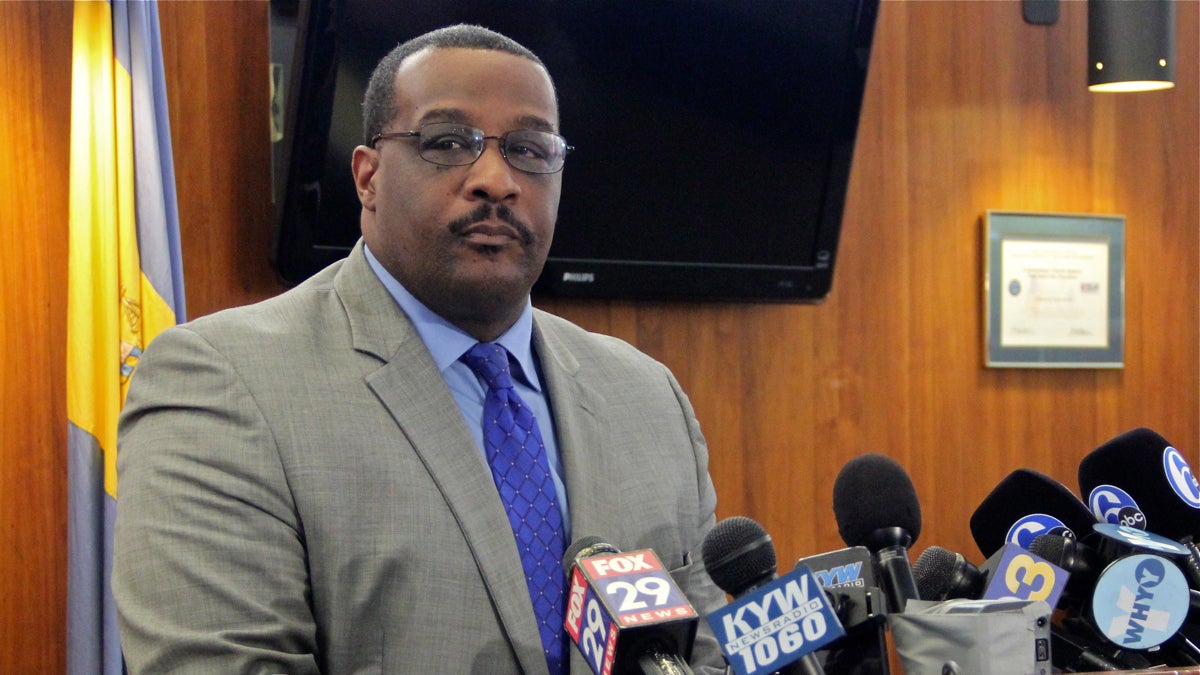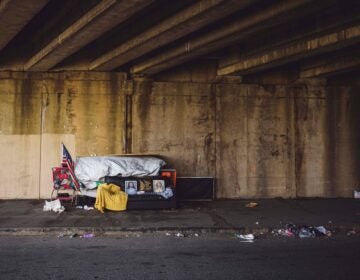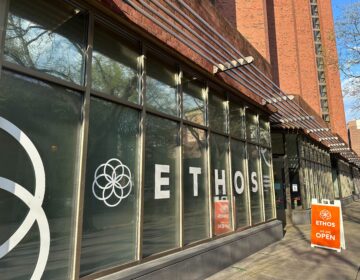Philly police expand homicide unit as authorities struggle to solve murders

Philadelphia Homicide Unit Capt. James B. Clark, Jr.(Emma Lee/WHYY, file)
Facing down the lowest murder-arrest rate in 15 years, the Philadelphia Police Department will soon beef up its homicide unit in an effort to catch more killers.
According to city records, about 55 percent of Philadelphia’s 277 murders in 2016 remain unsolved, meaning the majority of recent killers are still at large.
“It doesn’t mean they’re going to be roaming the streets forever,” Homicide Capt. James Clark said. “Just because we didn’t get you in 2016, doesn’t mean we won’t get you in 2017.”
Last year, the percentage of murders solved — the homicide clearance rate — slipped from 2015, when police made arrests in slightly more than half of all homicides that year.
Not too long ago, in 2013, police in Philadelphia captured murderers 71 percent of the time. But officials point out that the homicide unit’s ranks have been thinning since then.
The 61 homicide detectives now working in the police department, a historically low number, is due to a string of retirements over several years. Clark said bolstering the unit will go a long way in pushing up the number of homicide arrests.
“In the next probably week or so, we’ll be getting quite a few more detectives, which will help us by aiding in our efforts in locking up killers,” said Clark, who declined to say exactly how many more homicide detectives will be joining the unit. Expanding the unit was approved by Police Commissioner Richard Ross.
Theories abound on what is fueling the stubbornly low murder-arrest rate. Some say the deep-seated code of silence known as the “stop snitching” culture in many neighborhoods is strong, while others point to the mostly anecdotal “Ferguson effect,” whereby police have a more hands-off approach in the era of cellphone videos at every turn. Still others theorize it may stem from new Philadelphia Police Department rules that murder suspects be able to leave questioning whenever they choose and that the interrogations be recorded — measures intended to safeguard a defendant’s civil rights.
Drexel University criminology professor Robert Kane said the “stop snitching” culture existed before an unarmed black man was shot and killed by police in Ferguson, although that 2014 case and the rash of other killings at the hands of police that followed likely deepened police-community distrust.
“If people were engaged in a no-snitching campaign before Michael Brown was shot, you can bet, in a lot of these neighborhoods, that no-snitch norm has intensified,” Kane said.
Changing neighborhoods may play a part
Research shows, Kane said, that as neighborhoods becomes more diverse with large numbers of Hispanics and others moving in, fewer murders are solved.
“And this may be due to language barriers. It may be due to cultural barriers,” he said. “It may be due to the fact that some of these folks are afraid to talk to the police because they may view the consequences as not worth going out of their way.”
Police offer $20,000 to anyone with information that can help arrest and convict a killer in Philadelphia, an incentive that has not meaningfully altered the murder-arrest rate.
City officials have taken other steps to put witnesses at greater ease, including a recent ban on using cellphones in criminal court hearings, preventing those in the courtroom from snapping photos of cooperating witnesses.
And when there are heightened safety threats, authorities will help secretly move witnesses to new homes inside Philadelphia, or even to the suburbs, to make sure they feel safe, Clark said.
“We do everything we possibly can to aid them, he said. “Which helps us lock up these killers.”
Yet in neighborhoods where police are not seen as legitimate, some consider snubbing a murder investigation a type of retribution, an entrenched norm that so far no amount of money or special protection has been able to overcome.
“Sometimes failing to help the police and failing to give information is the way in which they practice accountability,” Kane said.”They feel like they don’t have access to those traditional avenues for police accountability, whether it be legal or administrative, then this is how they do it. It’s the passive resistance.”
WHYY is your source for fact-based, in-depth journalism and information. As a nonprofit organization, we rely on financial support from readers like you. Please give today.




